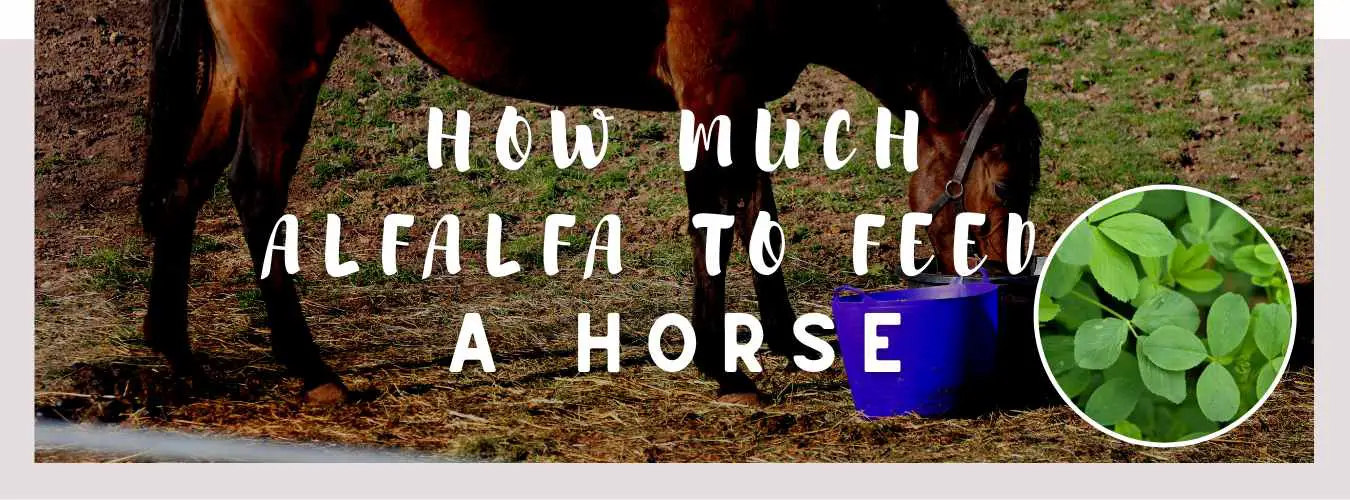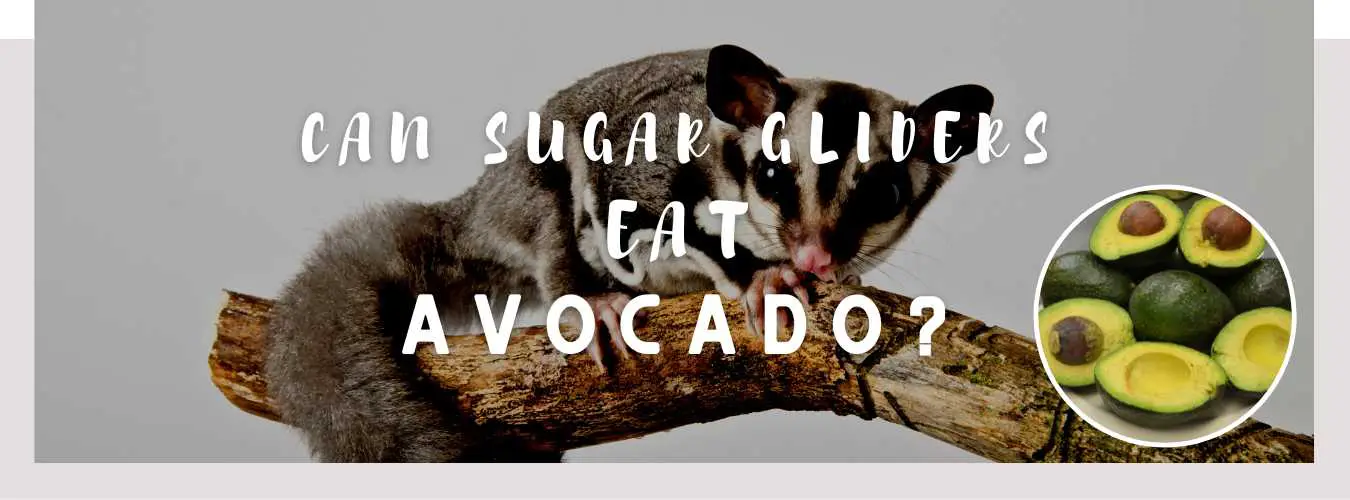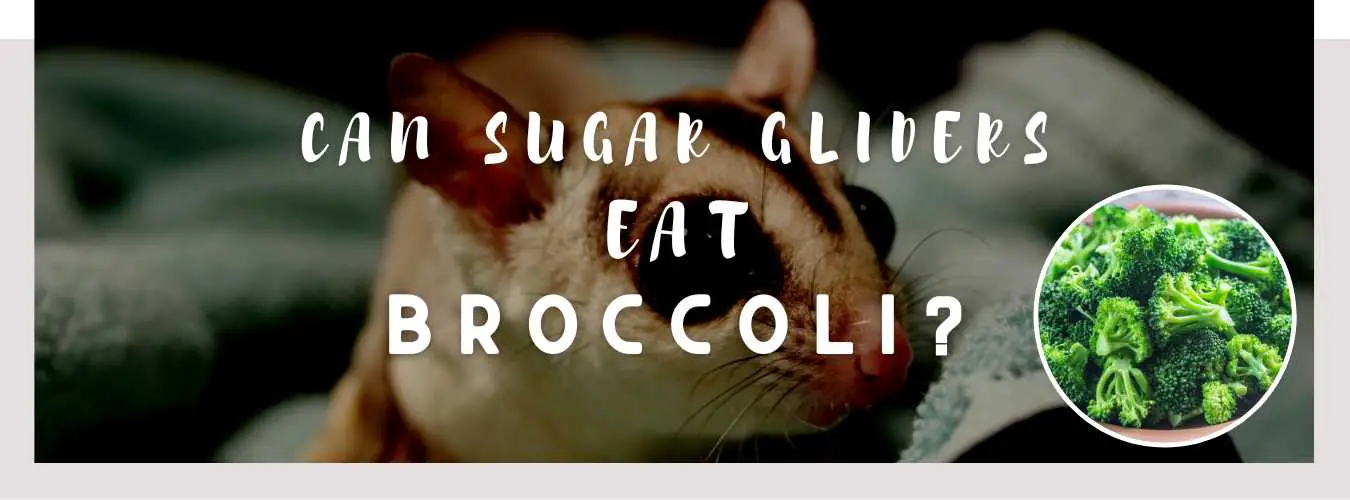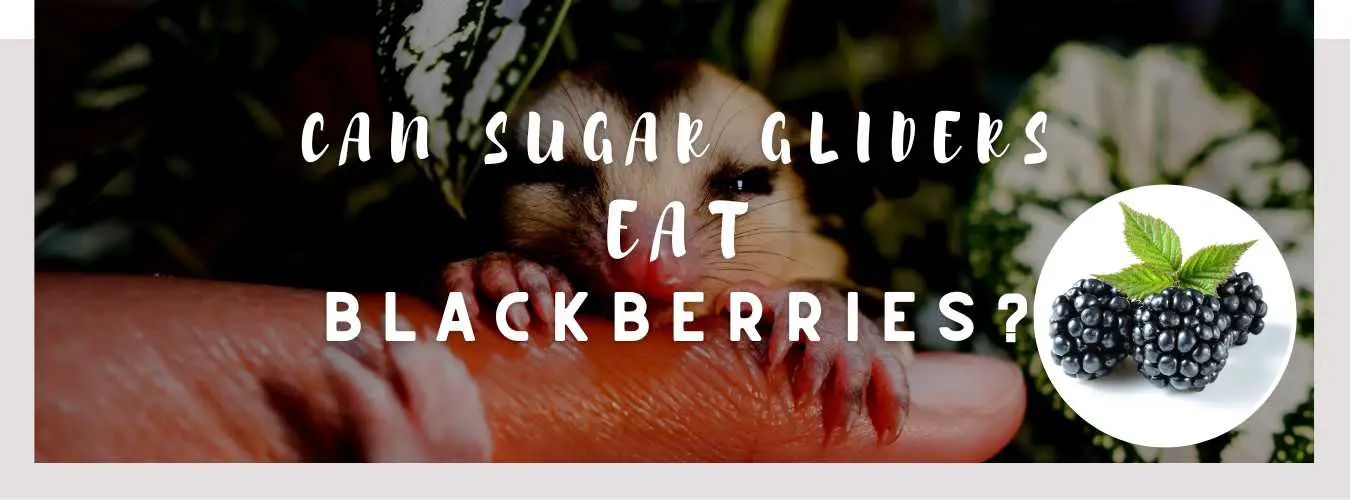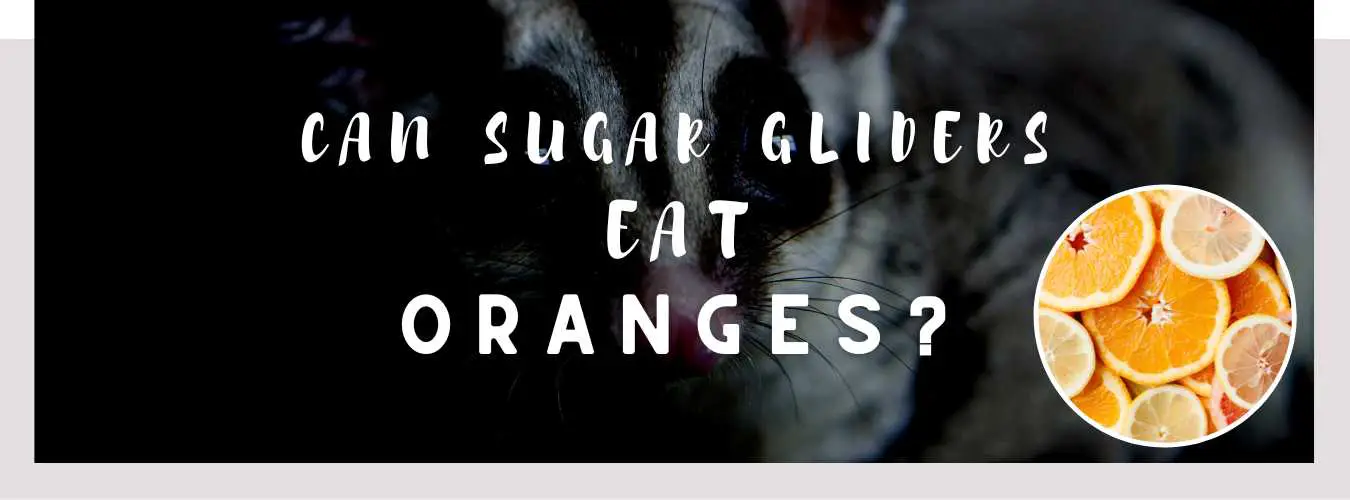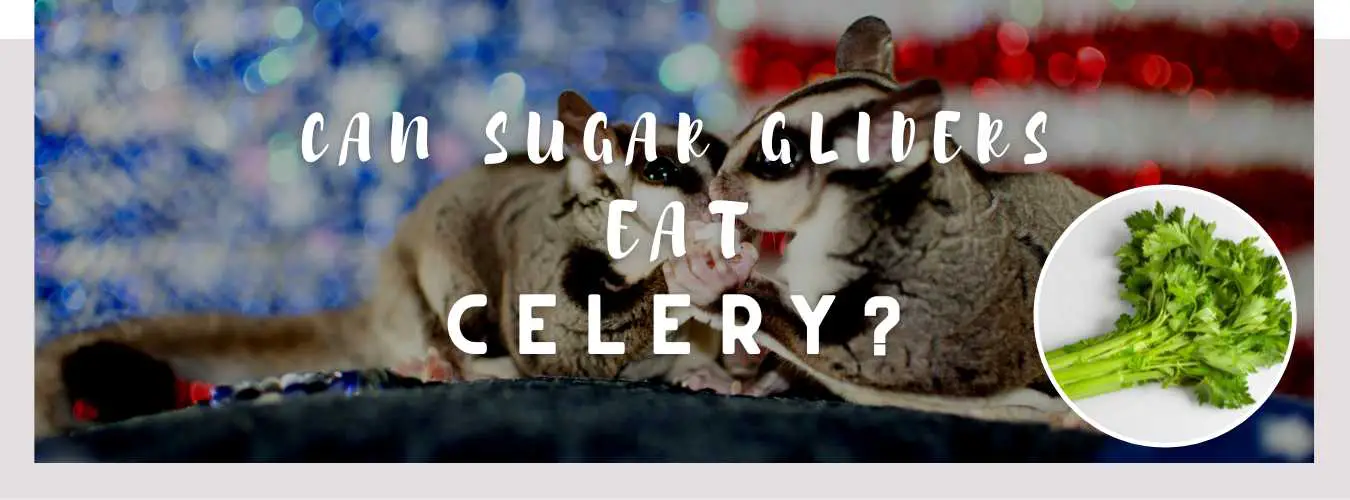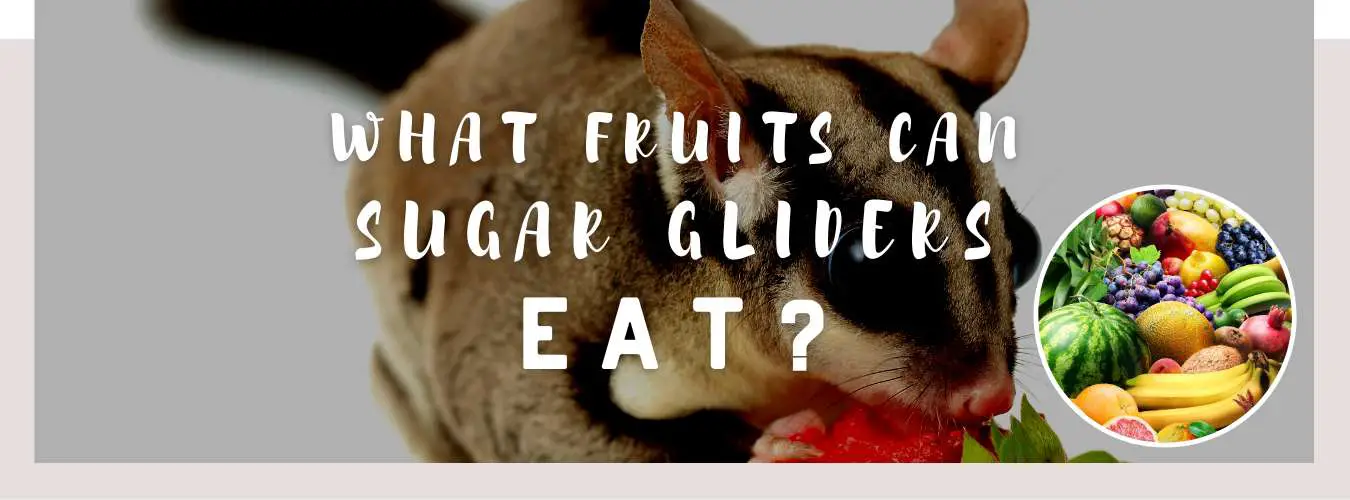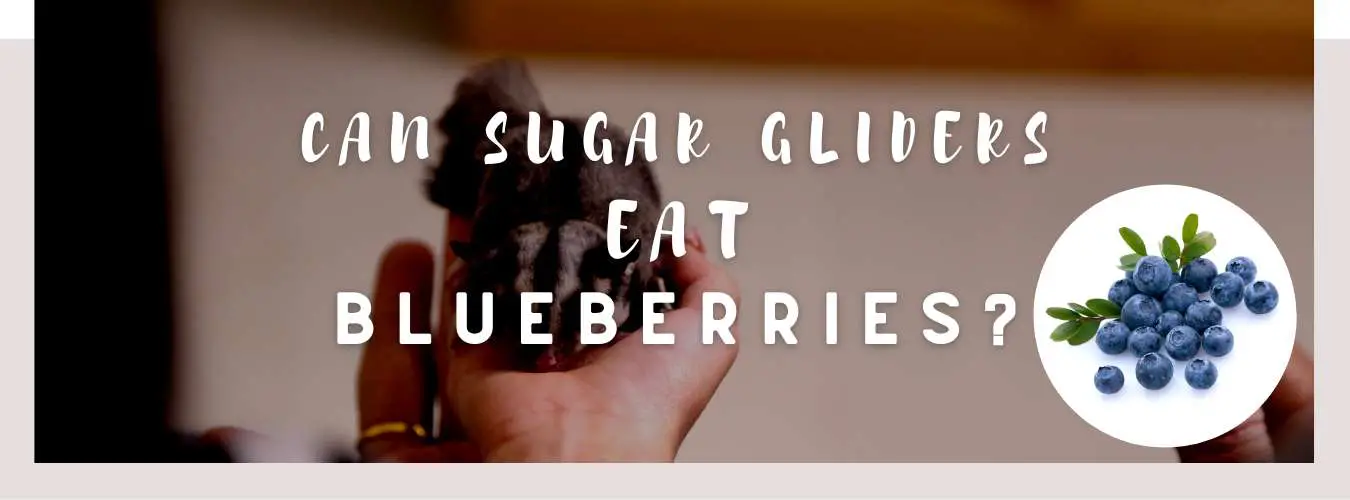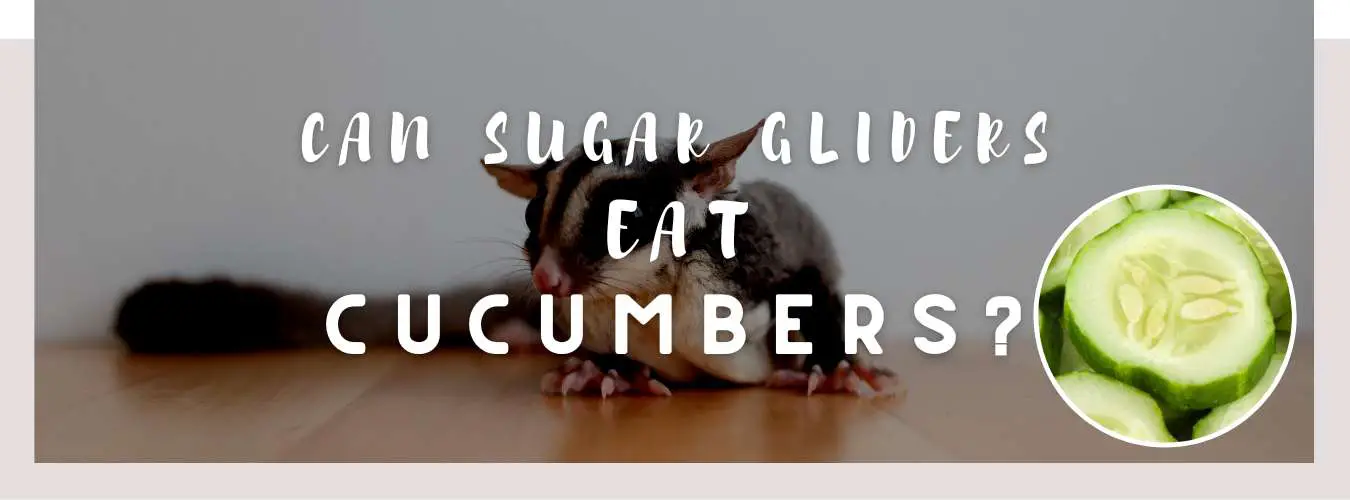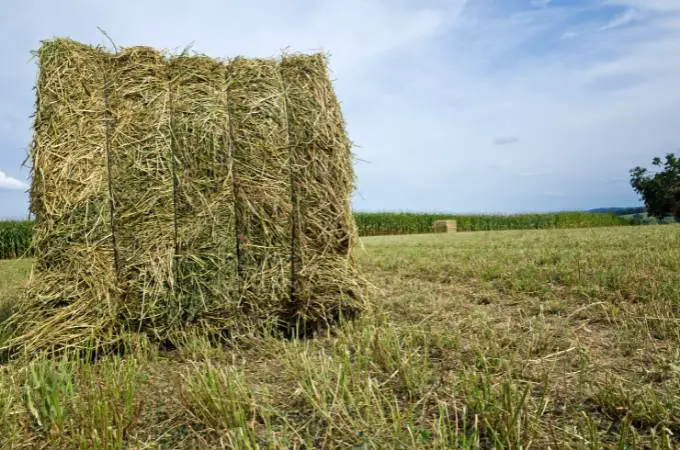
What is Alfalfa?
Alfalfa is a perennial flowering plant and part of a legume family. It is also known as lucerne, but the name alfalfa is used in North America. It is cultivated in multiple countries around the globe and is used for hay, grazing, and silage. It provides horses with many important nutrients, however, it is not beneficial for all types of horses.
As a rule of thumb, horses can normally eat 1.5 to 2% of their body weight in hay. For a 1200 pound (roughly 550 kg) horse, this equates to 18-24 lbs (8-10.5 kg). This amount varies depending on the nutrients and quality of the hay.
For example, good alfalfa contains about 20% protein and is very high in calcium, compared to almost half the amounts in average grass hay. Therefore, limiting alfalfa to ½ of a horse’s roughage is most sensible. If a horse’s diet contains only alfalfa, the extra energy consumed will be transformed into fat, leading to overweight.
What is involved in a horse’s main feed?
Forage for horses is usually divided into two categories – legumes and grasses. Alfalfa is much more nutrient-dense than most grasses, making it an important part of a horse’s diet. It is known to contain more digestible energy, as well as crude protein and calcium while having less unneeded carbohydrates such as starches and sugars.
Alfalfa hay has been both praised and criticized as a feed for horses. Tradition holds that timothy hay and oats are the best feeds for horses, and that alfalfa and corn spell disaster.
Not all hays provide the same energy and nutrients even if they are the same plant. For example, alfalfa could be off-coloured, dusty, moldy, or weed-ridden, just as any grass hay might be. On the other hand, good quality is characterized by the vividly green color and smell.
Alfalfa hay may not be the best feed for all horses in all situations, but it contains nutrients needed for many classes of horses. Grass hay falls short of fulfilling the nutrient requirements of high production life stages but is an excellent filler for horses that require bulk in the diet. A horse’s needs largely depend on its life stage.
You might also like: How Much Hay Does A Horse Eat?
How Much Alfalfa is Needed and Benefits
Determining the exact amount of alfalfa that your horse will be fed depends on its needs. Calculating digestible energy, calcium, and protein that the animal requires is a must when you make its diet.
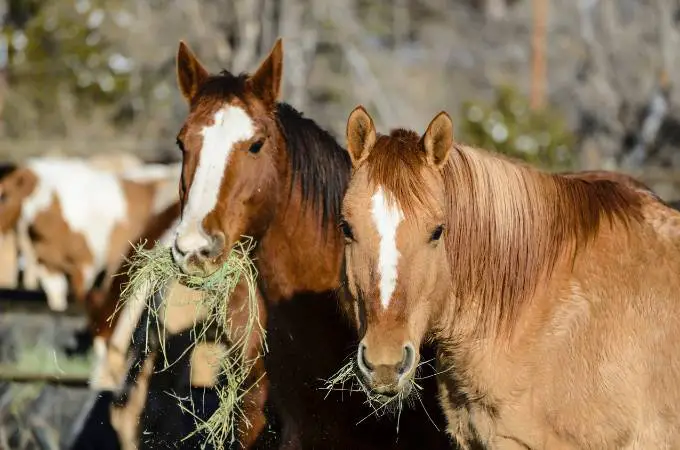
According to nutritionists, alfalfa is ideal for horses struggling to maintain a healthy weight. It can also be helpful to horses suffering from muscle problems or horses with EMS (equine metabolic syndrome) due to the legume’s low amounts of nonstructural carbohydrates.
It is generally a good feed for horses that require more nutrition like broodmares, growing offspring, racehorses or young foals that do not receive sufficient milk.
Different Types of Horses and Their Needs
Horses with insulin resistance are sensitive to carbohydrates and sugars and will find it hard to eat only grass hays as they are too high in sugar for them. Instead, a legume diet that includes alfalfa is an ideal solution as it lowers sugar intake but keeps the necessary amount of nutrition to keep the horse healthy and strong.
In other instances, where the animal is overweight, alfalfa should be limited or even stopped due to its high amounts of calories. High amounts of alfalfa can also upset the stomach and cause diarrhea.
The mature horse in maintenance condition is neither growing, lactating, pregnant, or working. Therefore its nutrient requirements are low, even though its need for bulk in the diet is still considerable. High-quality alfalfa hay will meet the nutrient needs long before the gut fill requirement is met.
For these horses grass hay alone or in combination with alfalfa hay, can still meet nutrient requirements, but in a higher volume of feed.
Horses that have recently given birth and are lactating have much higher nutritional needs. Oat hay or alfalfa hay alone is not enough for them to maintain a healthy life. Instead, it is best to combine both and the total amount of food should be between 1.5 and 2.5% of the animal’s weight. Still, they may require supplementation of phosphorus or calcium.
Young offspring also have different requirements to supplement their growth. Alfalfa hay will not meet all of the young horse’s nutrient needs. A concentrate specifically formulated for weanlings should be fed alongside the alfalfa hay.
You might also like: What Animals Eat Carrots?
Possible Concerns for Alfalfa Consumption
If the concentrate and alfalfa combination provides too much energy, a balancer pellet or vitamin and mineral supplement will supply essential nutrients.
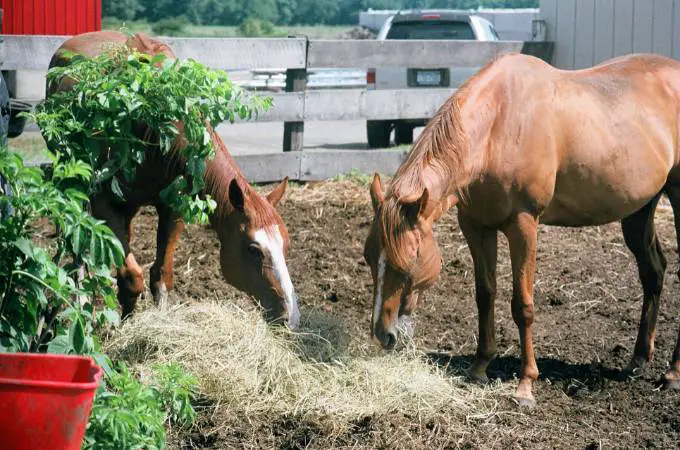
Foals involved in labor or races will not receive enough energy off of grass forage alone. They will definitely need the protein and energy that alfalfa hay provides in abundance. Some owners of racehorses try to avoid the legume plant in their diet due to the risk of high protein intake but no evidence supports their concerns.
High levels of magnesium increase the risk of developing intestinal stones. The large amounts of calcium could cause an imbalance in the phosphorus: calcium ratio which may lead to orthopedic diseases.
Feeding more protein than your horse requires can result in gastric indigestion as well as fermentation and putrefaction in the hindgut. This can contribute to a leaky gut and will create too much ammonia which is toxic to the liver and kidneys if accumulated in excess amounts.
Conclusion
In general, every individual horse has specific nutrient requirements and it is best to consult a specialist in order to find the best balance between grass and legume hays.
Owners should be aware of a dangerous insect that feeds on alfalfa. The blister beetles are flying, three-striped insects that are attracted by the legume plant and contain the dangerous toxin cantharidin. It can be fatal for a horse if consumed in larger amounts.
I am a huge animal lover and have four dogs, a Labrador, Jack Russell, Pug, and Teacup Yorkie. I also have a cat and a Cockatiel. I have had pets since I was a toddler, and there was not a day when there wasn’t an animal in my house.

